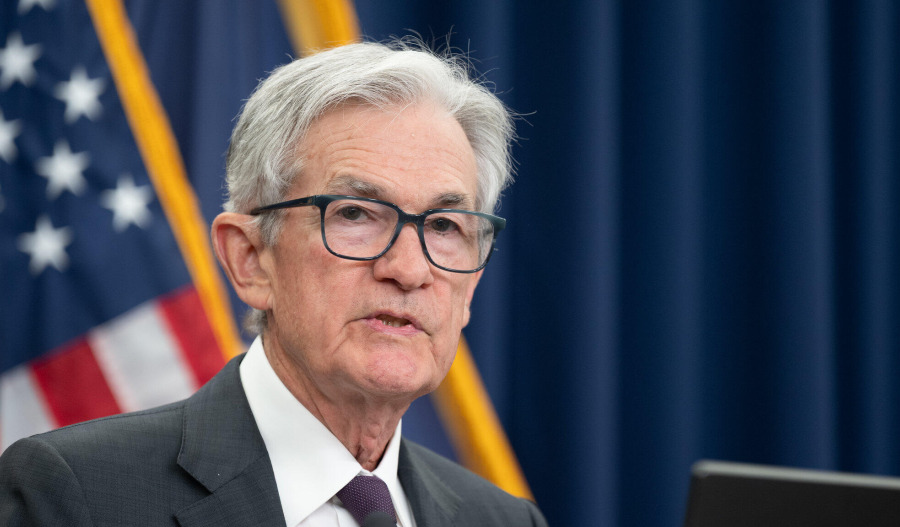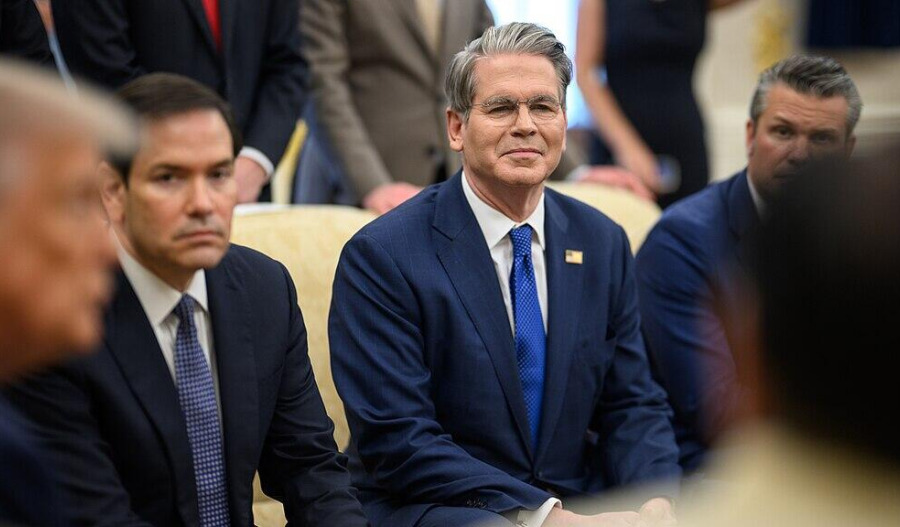Oil prices edged higher during Asian trade on Thursday after United States President Donald Trump said Indian Prime Minister Narendra Modi had promised to stop buying oil from Russia, one of India’s key suppliers.
By 3:30 pm AEDT (4:30 am GMT), Brent crude futures were up 59 cents, or 1%, at US$62.50 a barrel, while U.S. West Texas Intermediate (WTI) crude added 61 cents, or 1.1%, to trade at $58.81.
The rebound followed a steep decline in the previous session, when both benchmarks hit their lowest levels since early May amid renewed U.S.-China trade tensions and concerns of oversupply.
The International Energy Agency had earlier warned of a potential surplus next year as OPEC+ members and other producers ramp up output despite sluggish demand.
ANZ analysts commented: "However, that surge in output may not be what it seems. While crude oil production from the group rose for the second consecutive month in September, it trailed the quota ceiling this month. This is partly due to some members still implementing compensation cuts for over producing earlier in the year.
"However, others are struggling to raise output due to a lack of investment in recent years which has lowered their effective capacity."
Trump said on Wednesday that India would halt oil purchases from Russia, which accounts for about one-third of India’s imports, as part of Washington’s broader effort to cut off Moscow’s energy revenues and push for a negotiated settlement in Ukraine.
He added that the U.S. would next seek a similar commitment from China.
India and China are currently the two largest buyers of Russian seaborne crude, which remains under U.S. and European Union sanctions.
For months, Modi’s government has resisted U.S. pressure, arguing that Russian oil was crucial for maintaining India’s energy security and keeping domestic fuel prices stable.
Investors are now turning their attention to the U.S. Energy Information Administration’s (EIA) weekly inventory report due later on Thursday.



